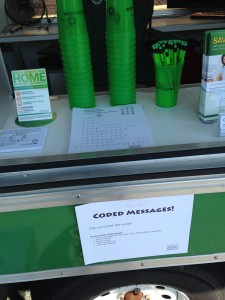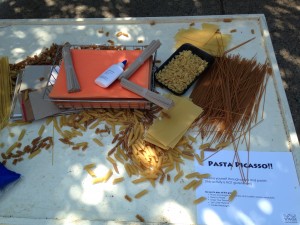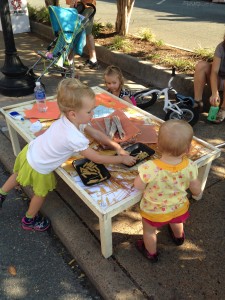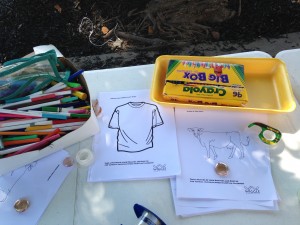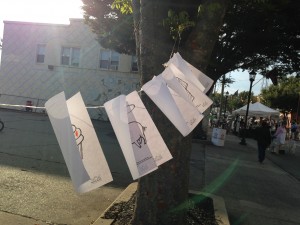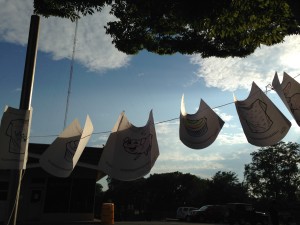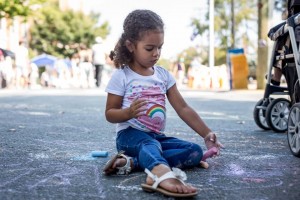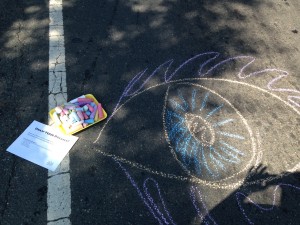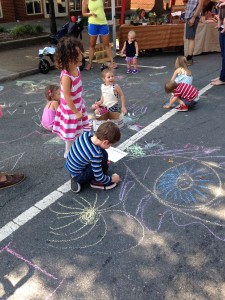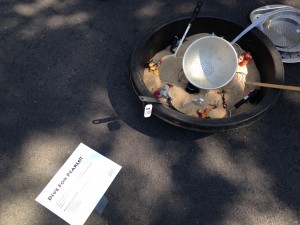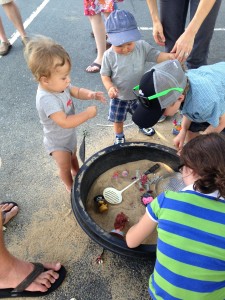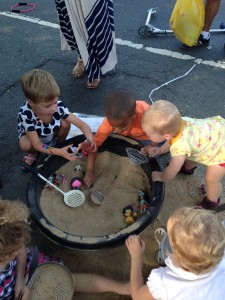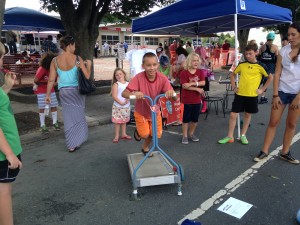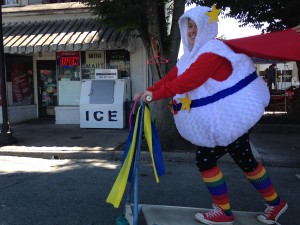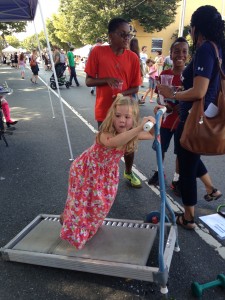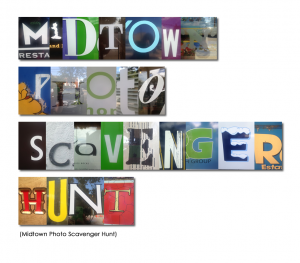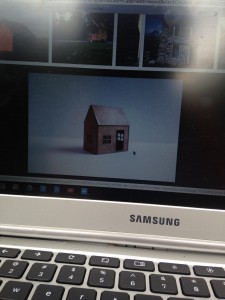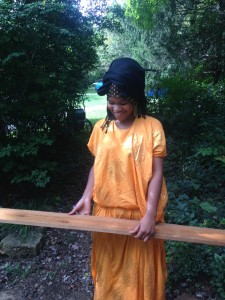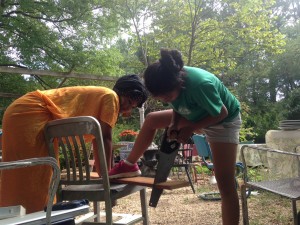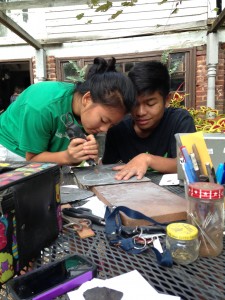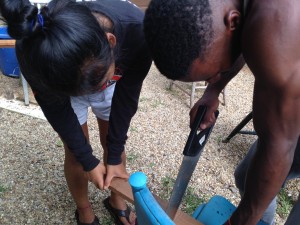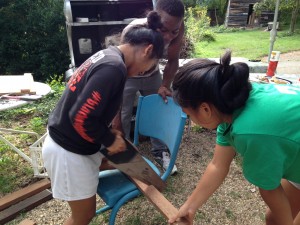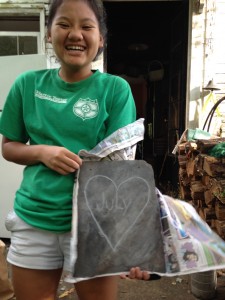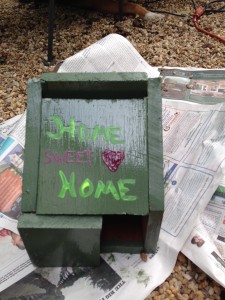I love working with teens and young adults. They are outwardly brave and bold, but secretly vulnerable, still seeking approval and reassurance. They want to be independent and make their own decisions, but they also want to establish themselves on the paths to responsible adulthood.
I tend to work with young people who have circumstances that are different than my own, and maybe yours, at the same age. They are people of color. Or they are young parents. Or they are first generation college students. Or they immigrated to this country. Or they speak another language at home. Or they live below the poverty line. Or they practice a non-Christian religion. Sometimes the students I work with are described as “minorities”, “at-risk”, “low-SES”, “underserved”, “low-income”, “disadvantaged”, “low-achieving”, “under-performing” or any other term that sounds good in a grant application.
I hate using these terms, because it’s othering. These terms make these kids sound “needy”. All 16-22 year olds are needy. They need fully-grown adults to guide them, even when they are jerks, make dumb choices, and say they don’t want help. Conservative pundits talk about people pulling themselves up by the bootstraps, while their own challenging kids attend private schools, experience prestigious unpaid internships and are tutored in every subject.
Teenagers who grow up in homes of privilege, homes where the status quo is to go to college and get a professional job, are exposed to important support, knowledge and experiences that may not available to teenagers who are first generation college students. For example:
- The expectation that they will go to college AND graduate from college,
- The connection between difficulty of classes, GPA and SAT scores on college selection and acceptance,
- Familiarity with college campuses (including visits to alma maters of family members)
- Understanding implications of financial aid such as loans, scholarships, grants, etc,
- Differentiating between for-profit vs traditional colleges,
- Awareness of and importance of a major,
- Knowledge of connection between major, graduate school, certification and ultimate job opportunities,
- Familiarity with college support systems such as career counseling and job placement rates,
- Awareness of the admissions, financial aid, and add/drop deadlines and that the onus is on the student, not the school.
Which of these did you implicitly know? Sure, maybe like me you regretted a few choices but also maybe like me, you had access to and the resources for the following opportunities (privileges):
- Sufficient reading, writing and thinking skills to be immediately successful in college
- A “Gap Year”
- Travel
- Extracurricular classes and Camps
- A home base to return to
- A car
- An allowance or parental loans
- A support person to nag you onto track
- A quiet place to apply to college
- A strong network of entrepreneurs and business owners (I can name at least 5 jobs that I had before the age of 22 that I got because of my network of family and friends)
- Enough financial security to delay entry into the workforce through undergrad and grad school
- The same skin color and cultural background as the majority of business owners and patrons in the lucrative downtown mall district
There are many programs that are doing a lot to help students transition successfully to college: Upward Bound and AVID are two Charlottesville programs that do a great deal to help students, but we can do more. We need to do more.
